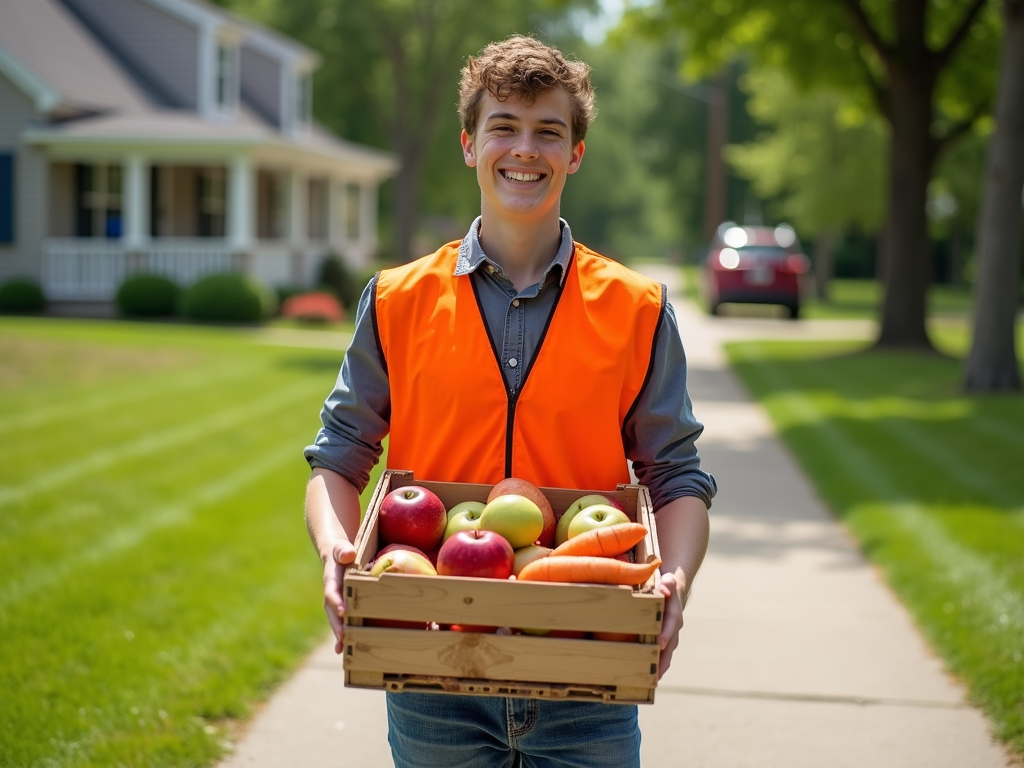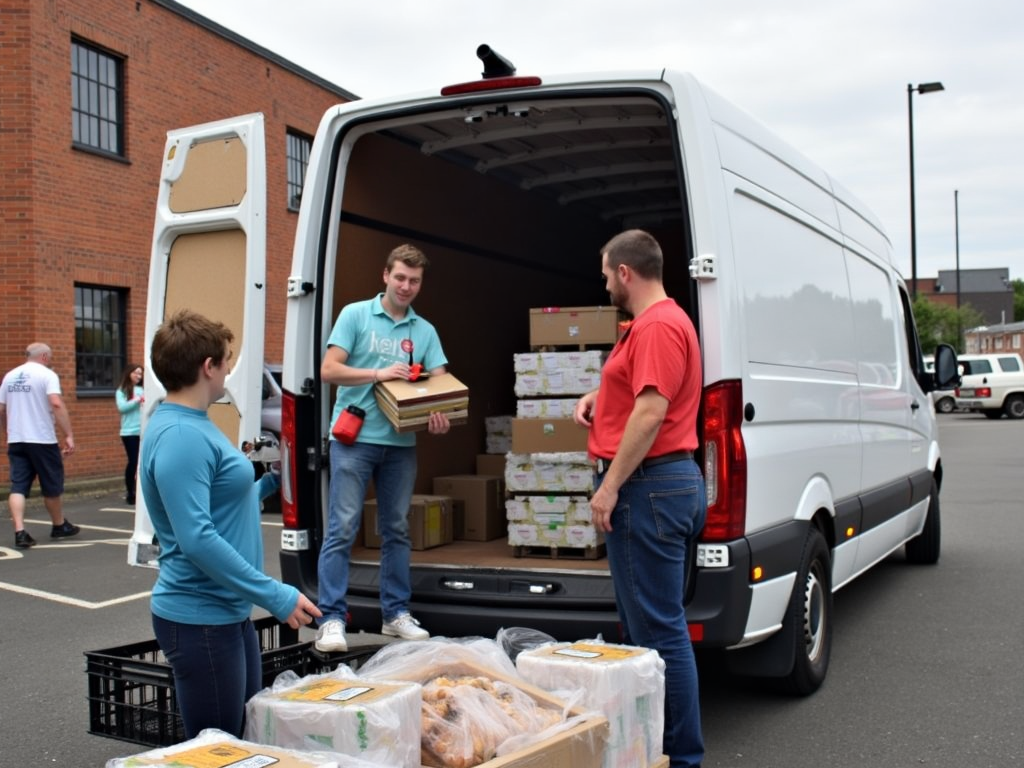How to Start a Service Learning Project: A Step-by-Step Guide
By , March 27, 2025

Service learning blends education with community service in a way that helps everyone involved. It lets students use what they learn in school to solve real problems, while making a difference in their neighborhoods. This article is your step-by-step guide to starting a service learning project that matters.
Whether you’re a student, teacher, or volunteer, this process is straightforward and rewarding. You’ll find practical tips, personal stories, and clear steps to get started. Let’s dive into how to start a service learning project that works for you and your community.

Step 1: Find a Community Need
Every great service learning project starts with a real need. Look around your area for something you care about—like clean parks, better education, or helping seniors. Finding the right need sets the foundation for success.
Here’s how to spot a need:
- Talk to people: Chat with neighbors, school staff, or local leaders to hear what’s missing.
- Ask questions: Send out a quick survey to see what folks think needs fixing.
- Check online: Read local news or social media to spot trends, like a park that’s always trashed.
I once joined a project where we noticed seniors in our town couldn’t get fresh food easily. After talking to them, we learned buses were hard to catch. That sparked our idea to deliver groceries right to their doors.

Step 2: Team Up with Organizations
You don’t have to do this alone. Local groups—like nonprofits or clubs—can help you make your project happen. They’ve got experience, supplies, and sometimes even volunteers ready to jump in.
Try these steps:
- Search locally: Find groups tied to your cause, like a food bank for hunger projects.
- Reach out: Send an email or call to share your idea and ask for help.
- Show up: Go to community events to meet people who care about the same things.
For our grocery delivery idea, we linked up with a food bank. They knew the ropes and shared tips on organizing drop-offs. It made our work smoother and connected us with more helpers.

Step 3: Make a Plan
A good plan keeps your service learning project on track. It’s like a roadmap—showing where you’re going and how to get there. Take time to think it through so nothing falls apart later.
Focus on these pieces:
- Set goals: Decide what success looks like, like ‘Help 30 families with food each month.’
- Pick dates: Map out when things need to happen.
- List needs: Figure out what you’ll use—money, tools, or people.
- Split tasks: Give everyone a job that fits their skills.
Here’s a simple plan we used:
| Task | Who’s On It | By When |
|---|---|---|
| Call food donors | Alex | Week 1 |
| Find volunteers | Mia | Week 2 |
| Map routes | Sam | Week 3 |
| Start deliveries | Everyone | Week 4 |
Step 4: Gather Volunteers
Volunteers bring your project to life. You need people who are excited to help and ready to work. The more hands, the bigger the impact.

Here’s how to find them:
- Ask around: Tell friends, family, or classmates about your project.
- Post online: Share it on social media to catch more eyes.
- Team up: Work with school groups or clubs that like your cause.
We posted about our food delivery project online and got a dozen volunteers in days. People loved knowing they’d help seniors eat better—it made recruiting easy.
Step 5: Get It Going
Now it’s time to act. Launch your service learning project with your team and watch it take shape. Stay organized and keep everyone in the loop.
Keep these in mind:
- Talk often: Update your crew and partners on what’s happening.
- Snap pics: Take photos or notes to show what you’ve done.
- Roll with it: Fix problems fast if things change.

Once, we hit a snag when half our volunteers couldn’t come. We called a college club last-minute, and they saved the day. It showed me how being flexible keeps things moving.
Step 6: Look Back and Learn
When it’s over, see what worked and what didn’t. This helps you grow and makes your next project even better. Plus, it shows your community what you achieved.
Do this:
- Check results: Did you hit your goals? Count how many people you helped.
- Ask opinions: Get feedback from your team and the people you served.
- Think it over: What did you learn about yourself or your town?

After our deliveries, we found we helped 40 seniors weekly—more than planned! Feedback from them warmed our hearts, and I learned how small actions can spark big changes.
Wrapping Up
Starting a service learning project takes effort, but it’s worth it. You help your community, learn new skills, and grow as a person. Follow these steps, stay passionate, and you’ll create something amazing.
From finding a need to looking back on your work, every part matters. Keep it simple, lean on others, and don’t be afraid to adjust. Your project can leave a lasting mark.